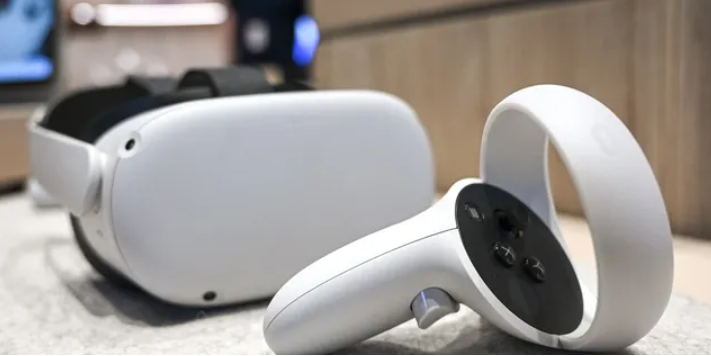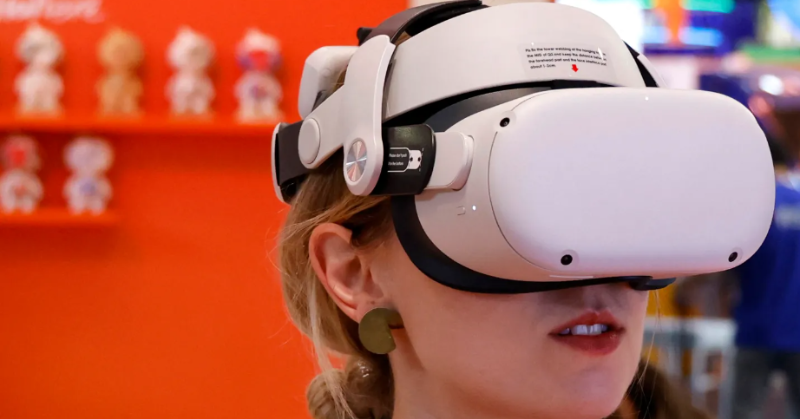The combination of artificial intelligence (AI) with extended reality (XR) technologies, such as augmented reality (AR) and virtual reality (VR), has resulted in fascinating advancements in recent years.
However, the current study suggests that this integration may have privacy concerns. According to research, AI systems can analyse users’ motion data in AR and VR environments, revealing personal information with surprising precision.
This new capability has raised discussions about how to strike a balance between technical innovation and individual privacy.
According to U.C. Berkeley researchers, people who participate in augmented and virtual realities reveal more information than previously understood through motion data.
Authors discovered that users could be recognised using just minutes of their head and hand motions in two studies published earlier this year, led by the university. Such acquired data can infer hundreds of associated parameters, such as age and disability status.
Studies Show AI Can Determine Personal Information From Users’ Motion Data In AR & VR
Credit: Getty Images
“Users reveal far more information than they realize. They reveal it to all users, not just the device or application. And there’s not much they can do about it,” Vivek Nair, the study’s lead author and a Ph.D. student at Berkeley’s Department of Electrical Engineering and Computer Sciences, stated in a release. “As a result, it’s an obvious threat.”
Both articles were completed as part of the Centre for Responsible, Decentralised Intelligence’s Metaverse security and privacy research endeavour.
One study employed open-source data from over 50,000 Beat Sabre virtual reality gamers and was based on a dataset more than 100 times greater than those used in previous studies.
According to the press release, the study revealed that body movements are “as singular and reliable an identifier as fingerprints.” Researchers built a machine learning classification model for 5 minutes on each player’s motion data.
 Credit: Getty Images
Credit: Getty Images
They discovered that the model could identify that user in 10 and 100 seconds, with 73% and 94% accuracy, respectively.
In the second publication, researchers developed an antagonistic virtual reality game to gather as much data as possible from 50 participants in a lab setting in 10 to 20 minutes.
More than 25 variables, including location, age, and height, were correctly identified or inferred by the authors.
While the study did not seek to determine other personal characteristics, such as sexual or political orientation, due to ethical concerns, researchers believe these conclusions are also achievable.
Next, Nair intends to investigate defensive solutions to preserve users’ privacy, expressing concerns about bad actors using virtual worlds to steal identities or reveal information.
 Credit: Getty Images
Credit: Getty Images
“We’ve done a thorough job of demonstrating that there is a privacy risk here and that it is a different type of privacy risk than what we’ve seen on the web,” he said. “These approaches for either transforming the data or controlling who has access to it will be our primary focus moving forward.” The hazards to privacy and security posed here are currently particularly relevant to gamers.
According to U.C. Berkeley, approximately 10 million virtual reality headsets were purchased last year. In both trials, about half of the participants used Meta Platforms Inc.’s Quest 2, the Valve Index, and other headsets.
What do you think about it? Do let us know in the comments.
For more trending stories, follow us on Telegram.
Categories: Trending
Source: vtt.edu.vn
